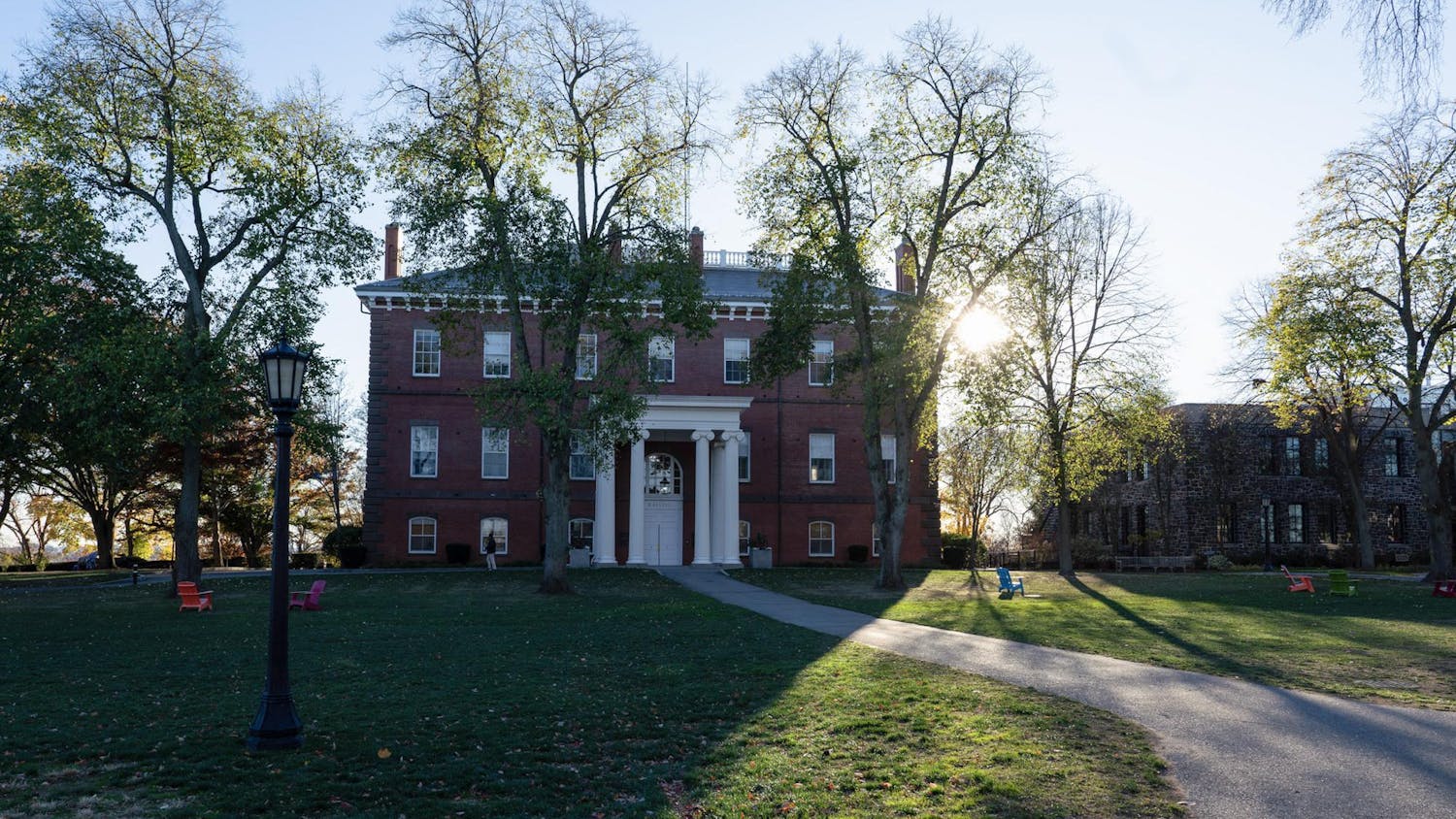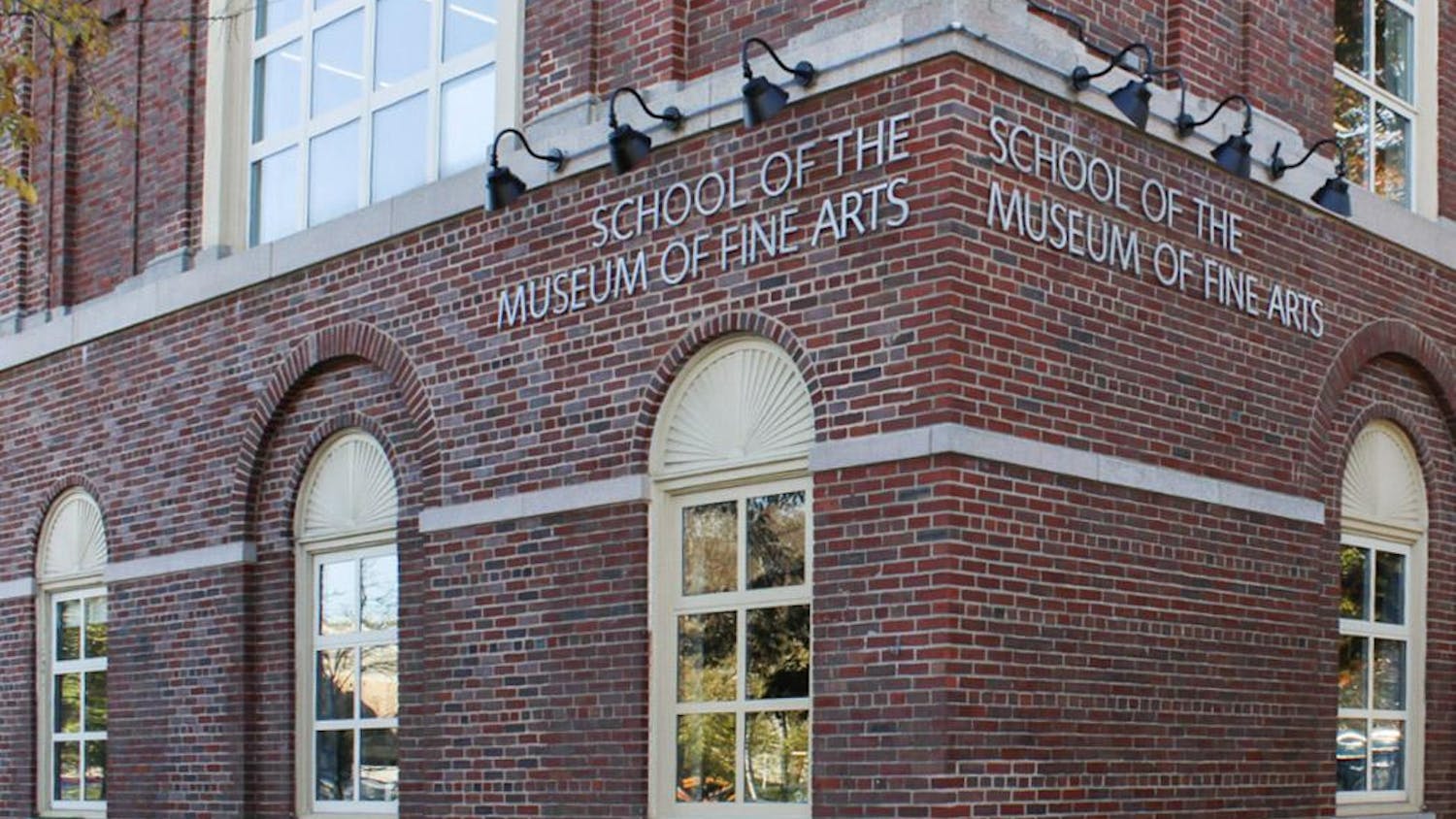Once considered a black and white issue, racial identity is hazier than ever.
According to findings released in June 2010 by the Pew Research Center, the current generation of American college students is the most multi−racial in history. One out of every 19 children born in the United States is the product of parents of different races or ethnicities and one out of every seven marriages today is between people of different races or ethnicities — a particularly noteworthy statistic considering interracial unions were illegal in some states as recently as 1967.
But the marked expansion in numbers brings unique complexities to the lives of mixed−race Americans. Issues can range from the trivial — indicating racial background on documents — to the critical, such as why and how to self−classify one's race. President Barack Obama, perhaps the most prominent individual of mixed descent in the world, considers himself African−American rather than biracial.
Senior Jeewon Kim said that he doesn't face a dilemma when asked about his race on paperwork.
"Nowadays you can always do multiple ones, so I always put ‘Caucasian/White' and ‘Asian−American,' and specifically ‘Korean' if it lets me," he said.
Kim explained that he has been at peace with his dual identity since high school.
"I lived in the [Washington,] D.C. metro area so there's a lot of ‘halfies' and we were really into the idea of being ‘Wasian,'" he said. "Now there's a ‘Wasian' club at my high school. By the time I got to high school there were a lot of people that I could identify with so we celebrated it together."
By contrast, half−white, half−Mexican sophomore Erin Piñón never gave much thought to her race until arriving at Tufts.
"I got to school and I'm being recruited by a Latino club and I have a Latino peer leader that wants to go out with me all the time," Piñón said. "Coming to Tufts helped me be Latino."
Kim agreed that being at Tufts has helped him affirm his identity. "My involvement in certain classes in the Child Development department, as well as American Studies, did a lot for my identity development as far as being comfortable embracing all sides of myself," he said.
At Tufts, a club for multi−racial students, MOST (Multi−Racial/Multi−Cultural Organization of Students at Tufts), exists but has been inactive for several years. Piñón would be interested in joining group in the event of a revival.
"I would want to be a part of it just to be like, ‘I'm not just Latina,'" Piñón said. "Being in [the Association of Latin American Students (ALAS)], sometimes you identify as just that."
According to Lecturer in Anthropology Cathy Stanton, the reversal of the stigmatization of multiracial identity has been a long time coming.
"It seems like social thinking about this has finally come around to reflecting that fact and a lot of people are just saying, race doesn't work for me as a category to capture who I am," Stanton said.
Kim sees the potential for greater awareness of the distinctions and similarities both within and between racial groups.
"I hope that it means that there will be less ignorance ... The question of ‘who are you?' is more complicated than guessing it by sight and you would actually have to stop and learn something about that person," he said.
Stanton, however, is less optimistic.
"If we're in a moment where socially people are saying, ‘I don't need the construct of race anymore to describe who I am politically and in a broader social context,' are we at a point where we can stop talking about it?" she said. "Probably not, because of the historical injustices and divisions and hierarchies are still in place and their effects are still in place."
Professor of Sociology Susan Ostrander expanded upon these inequalities.
"Research shows that individuals who are perceived to be black or Latino (whether they actually are or not) get fewer call−backs on job interviews, are arrested more often, have shorter life expectancies, are less likely to go to college," Ostrander said in an e−mail to the Daily. "You can't stop any of those events by shouting, ‘But I'm not really black. I'm half−white!'"
Kim remembers facing similar experiences as a child.
"It's a weird thing, because I grew up around white people all my life, but then when things would happen to me, like little racist moments with strangers, I realized that I don't really look white even though I felt that way when I was younger."
Ostrander added that race and self−identification are two distinct matters.
"There's a lot more to race than how we choose to identify as individuals," Ostrander said. "Race is a system of inequality. It can change when people act together in a well−organized strategic way."
One of the problems with lumping all multi−racial people together is that it ignores the distinct situations faced by different races, as stated in a Jan. 29 New York Times article.
When Piñón's father married a white American woman, cynics assumed he was marrying her for legal reasons, according to Piñón.
"Everyone for a while thought that he married my mom for [immigration] papers, but he's been a citizen since, like, 1980," she said.
With the expectation that the population of mixed−race individuals will only continue to grow, Stanton foresees a greater degree of racial harmony.
"Maybe [this is] a sign that as a society we're going to be able to get beyond [racial constructs] in a way that still lets us move towards a greater social justice over time," she said.





